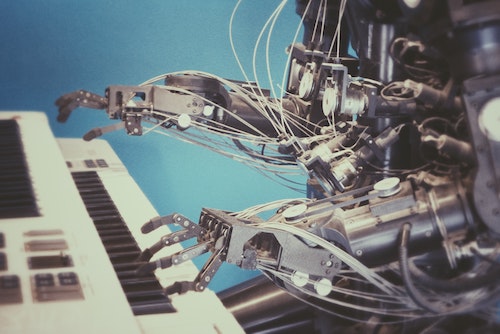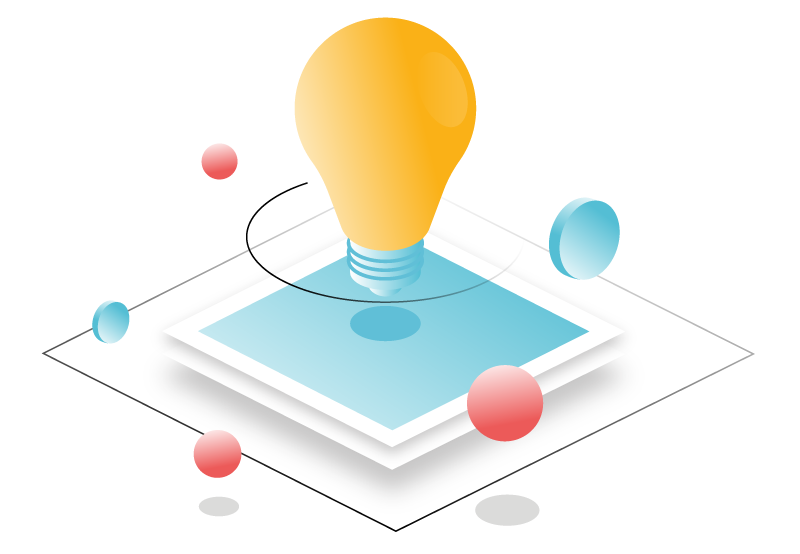The "Big Question" in the minds of Language Service Providers
Humans vs. Automated Translations: Can machines translate better than humans one day? We ask this question every day. We at Taia are very proud of the translation technology we’ve developed. But this doesn’t stop our curiosity for the future. Will there come a day when robots replace humans as the ultimate translators?
I set out to research this and found that long story short, the answer is: no, not yet. While technology is rapidly advancing, it is still not as good as humans. We simply don’t yet understand how we humans handle communication completely, and nevertheless to have developers code that into machines. To explain this a little better, let me go back in time a little.
A Brief History of Translation Automation
Remember the days when Google Translate would give you a rather embarrassing translation? In the past, Statistical Machine Translation (SMT) was mainstream, incorporating predictive algorithms to define syntax while using a corpus database with at least 100 million words and 1 million paired sentences to choose the closest translation.
While fast and cost-effective, if your corpus database was built from medical texts, it wouldn’t work well for another industry because the automation or the machine wouldn’t know of the right words. Similarly, texts written in a casual format incorporating slang and idioms would result in mistranslations. And then, if you had a rarer language you wanted to translate to, you were out of luck. To find a bilingual corpus which meets the 1-million-words minimum recommended word pairings was about next-to-impossible.

How Neural Language Networks Work
For these reasons, Taia moved to a newer model of translation known as machine translation by neural language network. While neural networks simulate machines to learn, recognize patterns, and to make decisions when it comes to language selection, it is not perfect. Let me give you an example with English translations.
“This Cup Would Not Fit in the Cabinet Because It is Too Small.”
Reading this sentence, you’d probably understand immediately that it is the cabinet that is too small to fit the cup instead of the cup being too small for the cabinet. However, to a machine, it simply does not yet have the ability to realize what is “too small” in this case – unless we tell it what the normal dimensions might be for these items. Machines are not yet able to accord the pronoun with antecedent correctly. We have to continuously train it.
Human Translator Exceptionalism?
As humans, our mind’s neural network processes tasks such as continuous speech recognition, question answering, natural commands, and translation, in addition to other senses. These are things that machines don’t do as well as us given the complexity of processing this information. In terms of Humans vs. Automated Translations, we humans still win in this arena.
To get machines up to speed, we’d need to design a mechanical database which can simulate our natural language and speech processing skills. Today, this is done by having humans teach machines to learn-by-semantic and by repetition. The difference between the two is that the former learns different contexts (i.e. health, sports, finance etc.) and the latter learns the syntax of natural language. With these lessons, machines do a bit better in translation.

Can machines ever beat humans in translating documents?
In summary – machines only know as much as we teach them, and learning is a continuous, never-ending process. We can’t build what we don’t know well enough (our human minds), and even if we were to train a machine to our level, our knowledge keeps expanding. It is a never-ending task.
However, we always see a silver lining to every technological weakness. Being cognizant of the limitations of neural language technology helps us do our job even better!
As an ISO 17100 certified LSP, Taia has two traditional translators on each assignment to catch what even the best-in-class automated neural language networks cannot. With qualified translators each holding 5 years or more of translation experience, your document is in good hands.
translations quicker than ever before!
read more interesting content like this.




